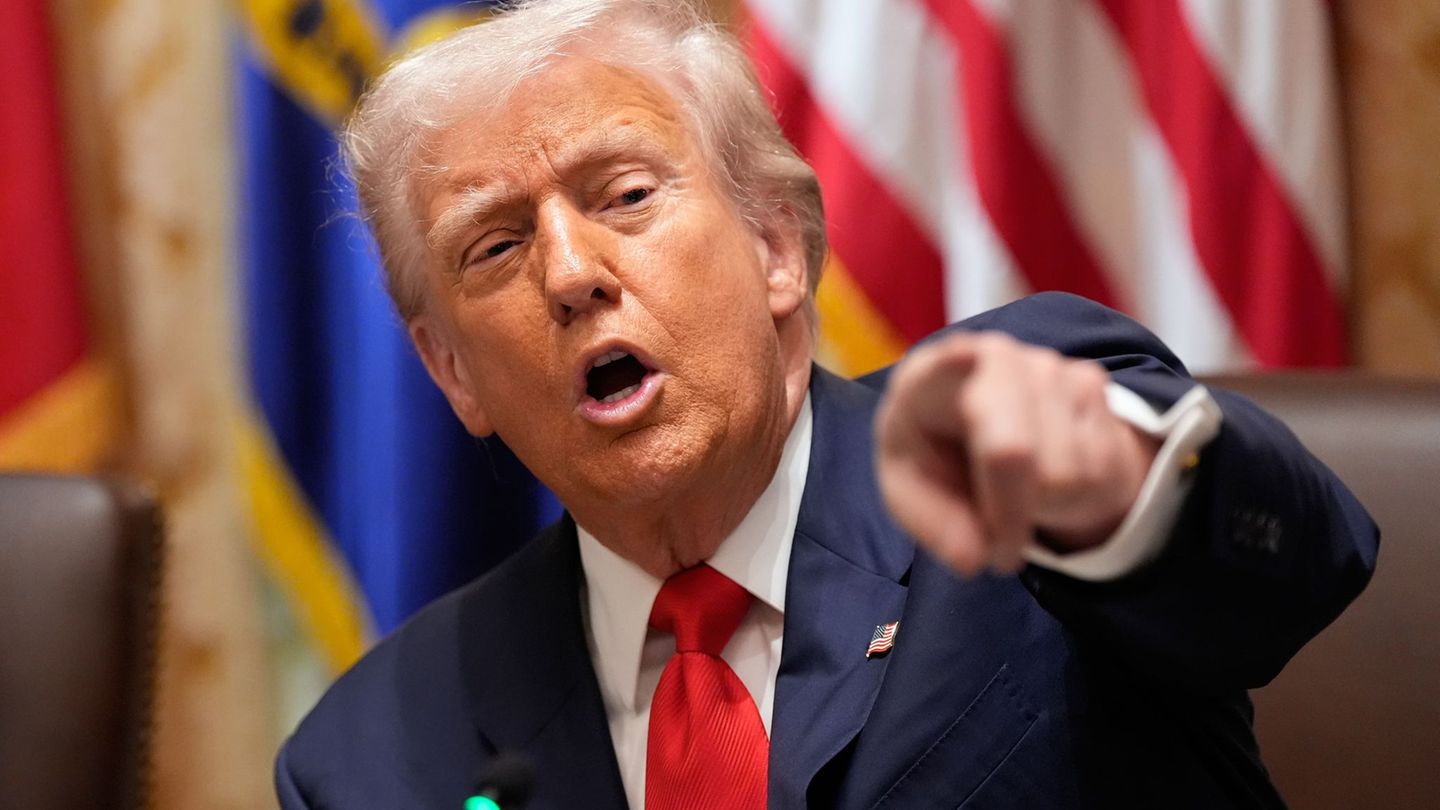The ECB has countered the sharp rise in inflation with a series of interest rate hikes. The central bank is now changing course – even though the inflation rate has recently increased again somewhat.
The European Central Bank (ECB) is lowering interest rates in the eurozone again after its unprecedented series of key interest rate increases in the fight against inflation. After almost nine months at a record high, the euro currency guardians are reducing the deposit interest rate that banks receive for parked funds by 0.25 percentage points to 3.75 percent. The central bank in Frankfurt announced this on Thursday following a meeting of the ECB Council. At the same time, the interest rate at which credit institutions can obtain fresh money from the central bank is being reduced from 4.5 percent to 4.25 percent.
Falling interest rates are good news for borrowers, as they make loans cheaper. Savers, on the other hand, have to be prepared for the fact that they will tend to get less interest on money they put aside. Since the central bank’s decision had been expected, many banks have already adjusted their terms and conditions.
ECB: “Return to price stability is bumpy”
Economists had expected monetary policy to be loosened after inflation had weakened significantly. Inflation in the euro area did pick up again somewhat in May: consumer prices rose by 2.6 percent year-on-year, up from 2.4 percent in April. However, inflation is now a long way from the record high of 10.7 percent in autumn 2022. Higher inflation rates reduce consumers’ purchasing power. They can then afford one euro less.
The ECB is aiming for an annual inflation rate of two percent for the eurozone in the medium term. The monetary authorities believe that this value will ensure price stability. “We are satisfied with the noticeable decline in inflation, but the road back to price stability is bumpy,” ECB Executive Board member Isabel Schnabel recently told ARD Plusminus and tagesschau.de.
In order to get inflation under control, which rose sharply after the start of Russia’s war of aggression against Ukraine, the ECB had raised interest rates ten times in a row since July 2022 before taking a break. This makes loans more expensive. This can slow demand and counteract high inflation rates. At the same time, more expensive financing is a burden on the economy and private individuals who want to borrow money. This can slow down the economy.
Credit, interest, repayment
How to realistically calculate how much money you need to buy a property
A rate cut is not automatically followed by the next
It is currently difficult to predict how many more interest rate cuts will follow. Representatives of the ECB recently pointed out that the decisions depend on the development of economic data. Bundesbank President Joachim Nagel, who as a member of the ECB Council helps decide on monetary policy in the eurozone, recently stressed that a first interest rate cut cannot be used to derive a “kind of autopilot” that would immediately lead to the next interest rate cut. “Stable prices are the most important prerequisite for growth in Europe, and we should continue to hold on to that,” stressed Nagel. It is important to monitor price developments from meeting to meeting.
Note: This article has been updated to include additional information.
Source: Stern




